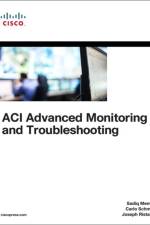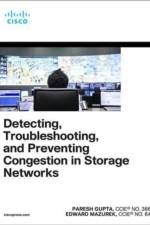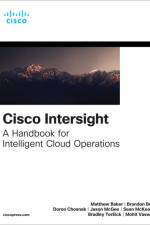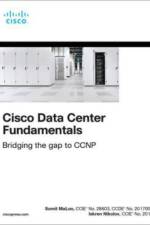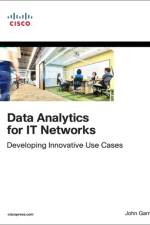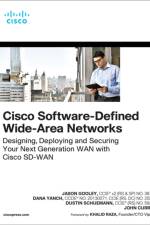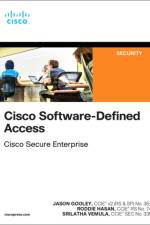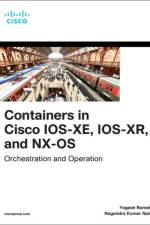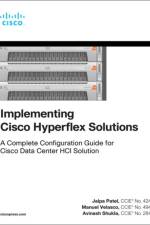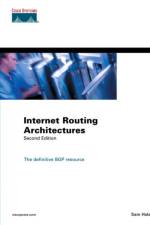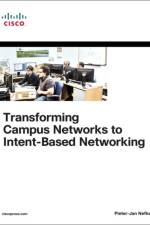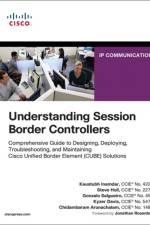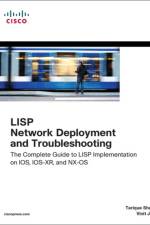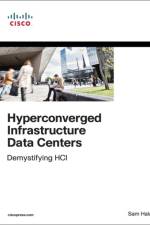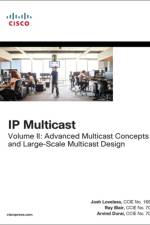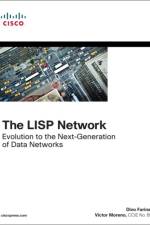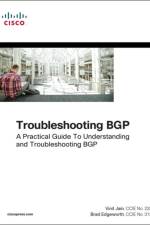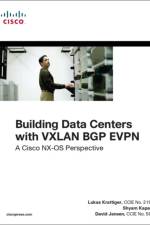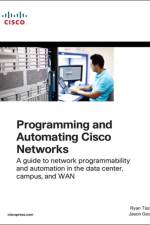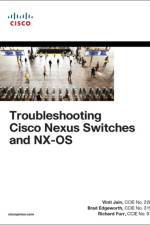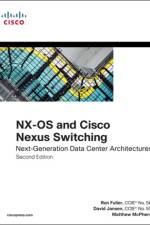av Ivo Pinto
651
Practical strategies and techniques for automating network infrastructureAs networks grow ever more complex, network professionals are seeking to automate processes for configuration, management, testing, deployment, and operation. Using automation, they aim to lower expenses, improve productivity, reduce human error, shorten time to market, and improve agility. In this guide, expert practitioner Ivo Pinto presents all the concepts and techniques students will need to move their entire physical and virtual infrastructure towards greater automation and maximize the value it delivers.Writing for experienced professionals, the author reviews today's leading use cases for automation, compares leading tools, and presents a deep dive into using the open source Ansible engine to automate common tasks. Students will find everything they need: from practical code snippets to real-world case studies to a complete methodology for planning strategy.This guide is for everyone seeking to improve network operations and productivity, including system, network, storage, and virtualization administrators, network and security engineers, and many other technical professionals and managers. Students can apply its vendor-neutral concepts throughout their entire environment--from servers to the cloud, switches to security.Explore modern use cases for network automation, and compare today's most widely used automation toolsCapture essential data for use in network automation, using standard formats such as JSON, XML, and YAMLGet more value from the data their networks can provideInstall Ansible and master its building blocks, including plays, tasks, modules, variables, conditionals, loops, and rolesPerform common networking tasks with Ansible playbooks: manage files, devices, VMs, cloud constructs, APIs, and moreSee how Ansible can be used to automate even the largest global network architecturesTransform their approach to automationand create a new NetDevOps pipeline, step by stepBuild a network automation strategy from the ground up, reflecting lessons from the world's largest enterprises

